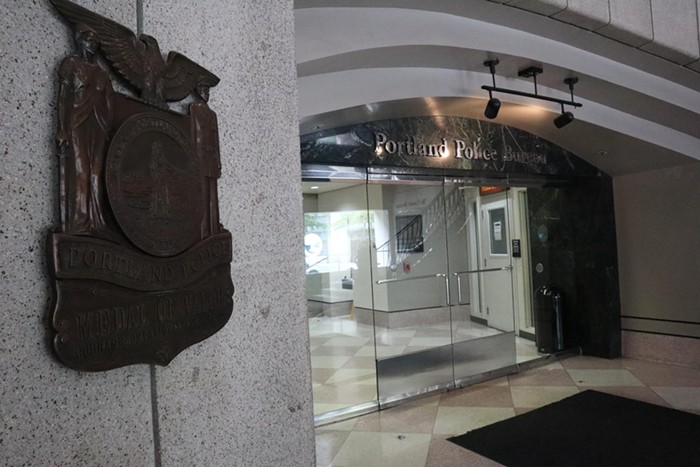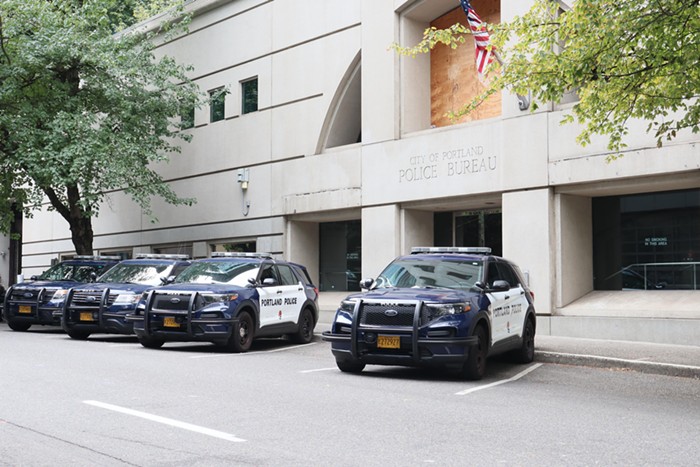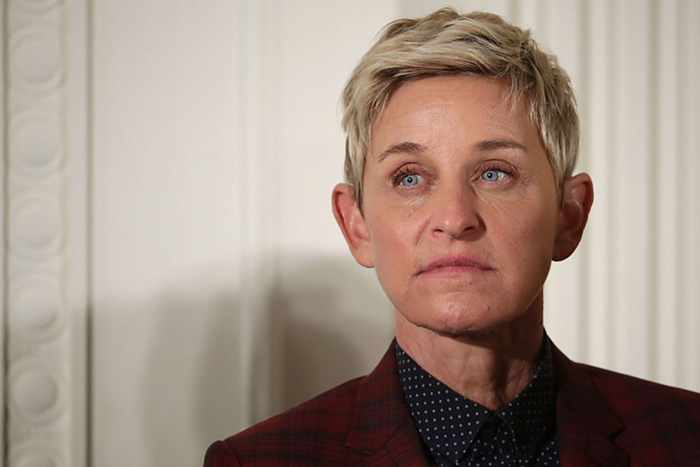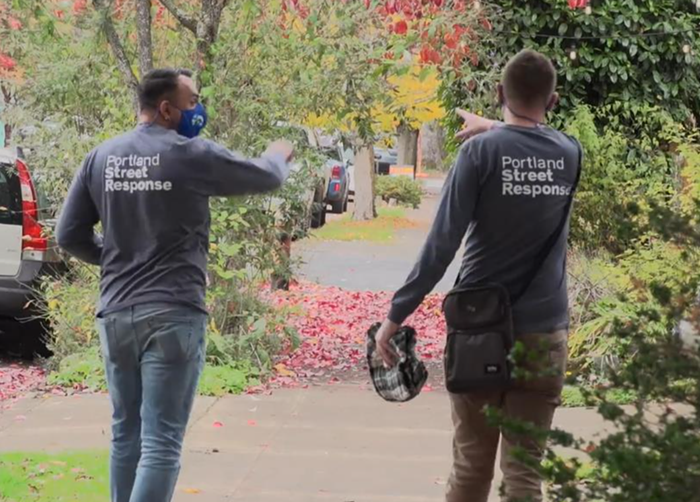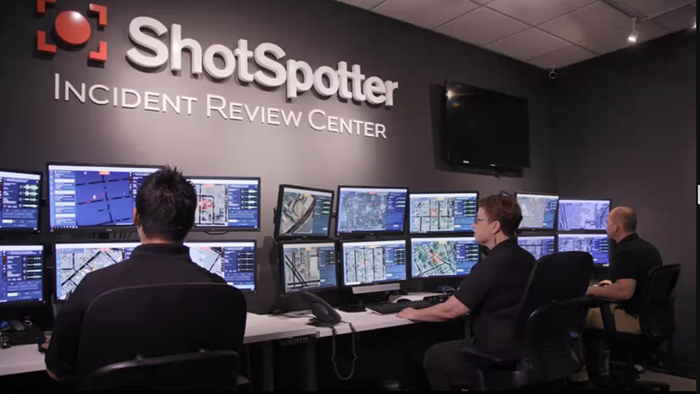There’s a phenomenal sequence early in Steven Spielberg’s Ready Player One: Countless vehicles rev their engines at a starting line, the air electric. There’s the DeLorean from Back to the Future. There’s Adam West’s Batmobile. There’s Speed Racer’s Mach 5 and the Akira motorcycle. But it’s not important what the vehicles are so much as what Spielberg does with them: The race starts and the cars peel out, speeding and skidding over twisted, contorting roads, launching into the air and spinning into crashes. It’s such a great car chase—even before King Kong and Jurassic Park’s T-rex show up—that you forget it’s all CGI. It’s just motion and color and sound, expertly cut together, telling a story that thrills and delights. It’s a reminder that when Spielberg’s firing on all cylinders, nobody else even comes close.
And from this high, Ready Player One plunges straight downhill.
Adapted from Ernest Cline’s 2011 novel, Ready Player One takes place in two realities: One is a vague American dystopia where people spend their time logged in to a virtual world, the OASIS. The OASIS is where most of the film takes place—anyone can do whatever they want there, but for reasons best described as “strained,” all these characters want to do is relive the pop culture of the ’80s and ’90s. To a soundtrack of Duran Duran and Van Halen, they race and shoot through an exhausting, Where’s Waldo-style mess of characters and properties. There’s the Iron Giant, and there’s Beetlejuice; there are Halo Spartans and Battletoads battletoads; there’s The Shining’s Overlook Hotel and Say Anything’s boombox. Nearly every frame in Ready Player One is crammed with characters both loved and unloved—from Overwatch’s Tracer to Chucky from Child’s Play, so long as a trademarked property is recognizable, it’s somewhere in the movie.

You are correct in noticing that I have not yet mentioned Ready Player One’s story. This is partly because it’s basically a bookshelf built to showcase nostalgic junk, and mostly because it is bad. Since Spielberg doesn’t seem terribly interested in Ready Player One’s story, I don’t see why we should be, so I’ll just say this: There are a few great actors here (Mark Rylance, Olivia Cooke, Simon Pegg, Lena Waithe) who occasionally get to emote from behind dead-eyed CGI avatars, and there is also one great actor (Ben Mendelsohn) whose most memorable moment is getting kicked in the balls.
The strange thing about Ready Player One is that it’s not about the things it purports to love: Sure, there’s a Wookieepedia’s worth of trivia here, with nods to everything from Buckaroo Banzai to Mortal Kombat, but unless you’re an aging nerd who grew up with these things, it’s hard to tell who Ready Player One is even for. (Maybe it’s for people who enjoy recognizing things?) It gets worse when you realize that in the OASIS, one’s stature is determined by one’s knowledge of pop culture: The smartest, strongest, and sexiest characters are the ones who can recite the most esoteric bullshit about Atari and Mobile Suit Gundam; the weakest are those who don’t spot every Street Fighter or Battlestar Galactica easter egg. There’s no room in the OASIS for (ugh) casual fans, and the one character who’d be most at home—The Simpsons’ sneering Comic Book Guy—might be the only one missing.
The one character who’d be most at home—The Simpsons’ sneering Comic Book Guy—might be the only one missing.
This geekier-than-thou reference-dropping feels all the more hollow because of who’s behind it: As one of the architects of the pop culture that Ready Player One blindly reveres, the 70-year-old Spielberg is in a unique spot to examine that culture, revisit it, or rebuild it. He doesn’t.
Maybe that’s because he was distracted—Spielberg went off and made The Post while waiting for programmers to finish Ready Player One’s CGI—or maybe it’s because once you scratch at geek culture, its pasty underbelly starts to show. It wasn’t long ago that racist fanboys were protesting Michael B. Jordan’s casting as the Human Torch, that Gamergate misogynists were doxxing women, or that a fan-edit of The Last Jedi deleted that film’s female protagonists.
That’s not to say geek culture is inherently bad. But it is to say that geek culture is—at least in theory—built on an appreciation of shared stories, characters, and worlds. There’s value in that, but it doesn’t only come from being entertained, or finding others who love the same things. It comes from examining what those shared stories say, what those characters stand for, and how those worlds reflect our own.
Ready Player One doesn’t have any thoughts about that stuff. It just dumps a bunch of action figures on the table and makes them fight. It’s nostalgia for the sake of nostalgia, and by the time its end credits roll, one wonders if there was anything worth being nostalgic about in the first place.






